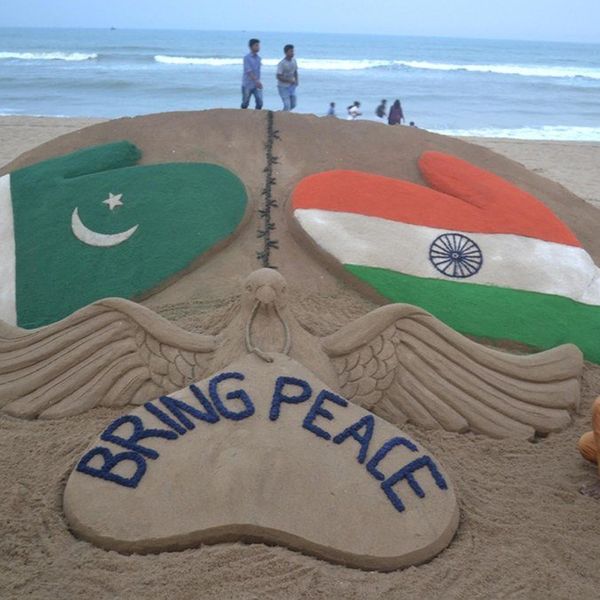Oftentimes, intolerance leads to the rejection of other religions and ideas. The historic and once mighty Byzantine Empire stands as a firm example of this narrow-mindedness, demonstrating that disputes over religion and ideas can lead to iconoclasm in the form of the destruction of religious images and artworks. Between 726 and 842 AD, the Byzantine Empire managed to go through two periods of iconoclasm, as a rift between Western and Eastern traditions led Emperor Leo III to issue a ban on all religious images. Not only was religious artwork destroyed, but those who venerated it were persecuted. Sadly, this occurrence is far more common than you would think, in fact it is so common that one of the most recent events of iconoclasm occurred within our lifetimes.
At the height of the Taliban regime in Afghanistan, the Taliban leader Mullah Omar aimed to destroy anything that was revered by the citizens of the region. In the path of this destruction stood the two massive Bamiyan Buddhas, which served as symbol of Buddhism’s westernmost point of expansion. Omar and the rest of the Taliban declared that these historic statues were "idols" and called for their destruction. Even the tallest Bamiyan Buddha statue, standing at 53 meters tall, stood no chance against dynamite as both statues crumbled to the ground in March 2001, leaving behind only fragments as a reminder of their existence.
The Bamiyan Buddhas were built in the 5th century by Buddhist monks and attracted visitors from all over the world. In the Bamiyan valley, there exists a mix of multiple cultures including Greek, Turkish, Persian, Chinese and Indian. It is an artistic and archaeological melting pot — one that the Bamiyan Buddhas were an essential part of. Afghani citizens that were interviewed by NATO after the destruction of the Bamiyan Buddhas acknowledged that the Buddhas had a positive impact on Afghanistan. They stood as a symbol of tolerance in a country filled with people of different religions and races. One man that was interviewed said "People from overseas, they were coming to Bamyan to visit the Buddhas and it was a great income for our people." With no more tourists visiting this site, the Afghani nation is adding to its suffering.
Despite the Taliban's rejection of idols and other religions, many Afghani citizens demand that the Bamiyan Buddhas be rebuilt in order to once again spur tourism. These tolerant citizens don’t see a problem with rebuilding these statues as a symbol of Buddhism in their Islamic country. Another man interviewed by NATO was quoted saying "It doesn't mean that because we live in an Islamic country that the existence of the Buddhas will push people towards Buddhism." This rebuilding is essential to restoring and preserving the heritage of the people of the Bamiyan valley region. If rebuilding at least one of the Buddhas is possible, it should be done. This rebuilding would also demonstrate that the citizens are capable of going against the fear-instilling Taliban, which would create a sense of unity and pride. Although this could be met with counterarguments, such as the fact that the Buddhas are culturally “insensitive” to the Islamic people of the region, the Buddhas should still be rebuilt, as they are not communicating a message of violence or intolerance. Rather, the people that argue against the rebuilding of these culturally rich statues are sending out a message of intolerance. Although there is not enough funding to rebuild these Buddhas at the moment, it is still important to keep the fragments preserved for rebuilding once this funding is available. Then, at least the smaller Buddha can be rebuilt and the region can once again profit from tourism.





















